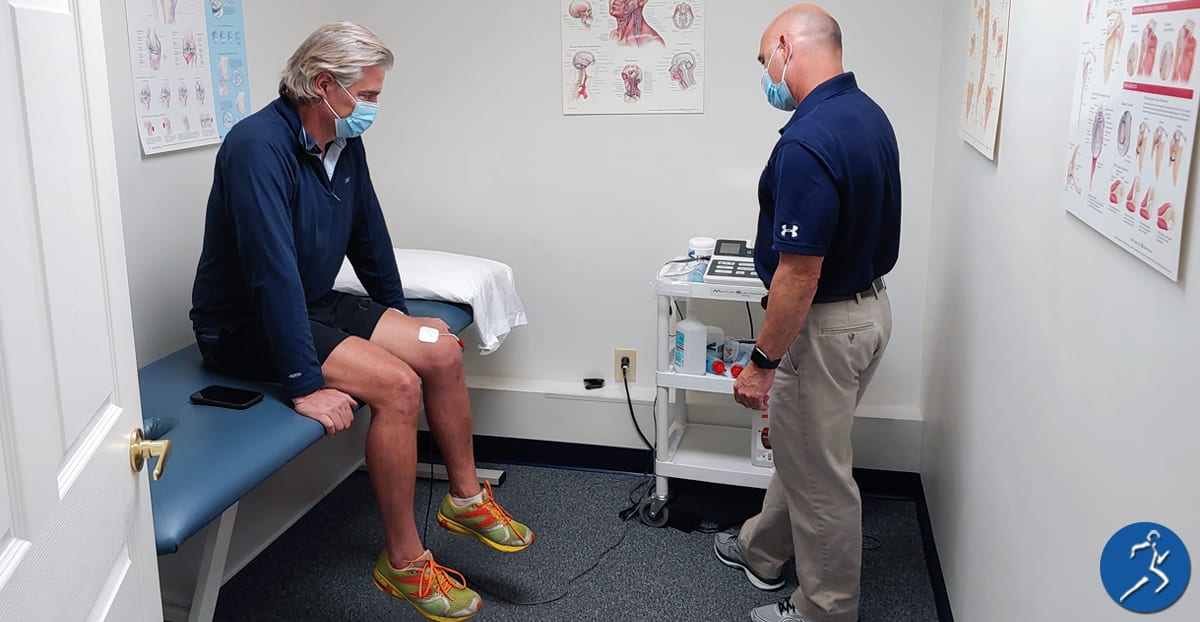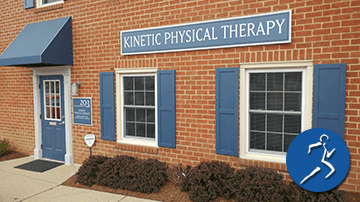 Although it’s best to stay active at any age, many seniors reduce activity as they grow older. Senior Sports Injuries may start to become a problem. Starting a fitness regimen when you’ve been relatively sedentary can be tricky. Injuries are common when you don’t go slowly to build up your stamina and flexibility. Let’s look at some of the most basic injuries that seniors are susceptible to when they make a sudden change to an active lifestyle.
Although it’s best to stay active at any age, many seniors reduce activity as they grow older. Senior Sports Injuries may start to become a problem. Starting a fitness regimen when you’ve been relatively sedentary can be tricky. Injuries are common when you don’t go slowly to build up your stamina and flexibility. Let’s look at some of the most basic injuries that seniors are susceptible to when they make a sudden change to an active lifestyle.
Sprains
When your ligament becomes torn or stretched, a sprain occurs. Ligaments connect two bones with a band of connective tissue. A sprain can range from a slightly stretched ligament to a severe tear. Sprains are most likely to happen in the ankles, wrists, and knees. Some of the sprain symptoms include pain, swelling, inflammation in the affected area, bruising, limited or lack of ability to move a limb or joint, or even looseness in the joint.
Strains
A strain differs from a sprain because it affects the tendons as opposed to the ligaments. Tendons are like a cord of thick tissue that attaches muscles to bones. When they become torn, pulled, or twisted, a strain occurs. We see these a lot due to overstretching. Symptoms that may indicate you have strained a ligament include pain in the affected area, even when you are at rest. You may experience loss of strength or lack of ability to move the muscle. You might notice redness, swelling, bruising, or muscle spasms.
Knee Injuries
Warm-ups are essential before engaging in strenuous activity. Running too hard or fast before you are stretched and warmed up can lead to knee injuries. If you fall and land on your knee, you may sustain an injury. There are several subtypes of knee injuries that you may experience:
Tendonitis
Tendonitis may occur at the elbow, wrist, heel, or shoulder. Symptoms include limited motion, swelling and stiffness, and tenderness or pain.
Runner’s Knee
When you have runner’s knee, you will feel pain around or behind the kneecap.
Iliotibial Band Syndrome
Iliotibial Band Syndrome is an injury to the outside of the knee.
Severe Knee Injuries
Although these injuries are painful, they are relatively mild or moderate compared to more serious knee injuries that can occur. These severe knee injuries affect cartilage, ligaments, or even bones.
Shin Splints
If your lower leg hurts in the front, you probably have a shin splint. This is pain that you feel in the large bone in the front of the lower leg called the tibia. These injuries are common in basketball and tennis when you’re running quickly and stopping suddenly. In addition to pain in the lower leg, you may experience swelling. Weakness or numbness in your feet is not unusual when you have shin splints.
Achilles Tendon Injuries
Your Achilles Tendon is the tendon that connects your muscle in your calf to your heel, at the bones. An injury in this area could mean a tear or rupture in that tendon. You’ll notice pain in the back of your foot, along with stiffness and swelling. This injury is widespread in seniors who have just returned to working out extensively. The most important thing you can do to prevent these injuries is to stretch properly before exercising.
Back Pain
Seniors often experience back pain, especially when they are transitioning from a passive to an active lifestyle. Several different types of back pain are possible. Upon examination, the health care professional will classify the pain as mechanical back pain, arthritis pain, pain from disc problems, or a stress fracture.
Suppose you are experiencing pain and stiffness in the back or muscle spasms. In that case, you should see your health care professional to ensure that you are receiving the proper diagnosis and treatment. If your nerves are affected, you may also feel pain, numbness, or weakness in the legs.
What To Do When You Have an Injury Due to Sports or Exercise
As soon as you notice your injury, within the first 48-72 hours, begin what’s known as RICE therapy… Rest, Ice, Compression, and Elevation. If the injury is severe or doesn’t respond to the RICE regimen, contact your doctor or acute care provider to examine the damage.
They may prescribe medication, physical therapy, or even surgery.
How Can a Physical Therapist Help?
At Kinetic Physical Therapy, we see senior sports injury quite often. We can offer several treatments to alleviate symptoms and aid healing in these injured areas. As your physical therapist, we can provide heat therapy, electro-stimulation, ultrasound, or massage as needed. We will help you with rehabilitation exercises and teach you what to do at home to accelerate healing.
If you’re a senior who has sustained an senior sports injury, contact us today for an evaluation. We will get you started on the path to healing your body and learning more about effective exercise to stay active!


